Journalist at China News Service Shi Xiaojie
Chilies, native to Latin America, have become a must-have on dining tables around the world, and cuisines cooked with chilies also have become what diners and chili lovers dive into in studies. It's the unique flavor and charm that create more communication among chili lovers and also allow countries and regions around the world which have spicy dishes to use spiciness culture as a platform to enhance understanding, friendship and cooperation. In the promotion of Chinese food culture, chili is also opening the door for the rest of the world to understand Chinese food. Why can such a small chili take the world by storm? The Secretary General of the World Chilli Alliance, Gianluca Luisi, recently accepted an exclusive interview "W.E. Talk" with the China News Service.
Here are excerpts from the interview:
CNS: Spiciness is a global shared taste and an important dish flavor, why have chilies taken over the world's dining tables?
Mr. Luisi: Chili is a global shared seasoning. It is more than a condiment, and it is beyond borders. Like a key to the world's food culture, chili is a medium of communication between different cultures.
The chili has gone through a historical process before becoming globally popular. From Latin America to the world, it entered the lives of local people without abruptness and alienation. Initially it was used for viewing and medical purposes, and then gradually became an important part of people's meals and an important ingredient in many cuisines thanks to its unique flavor and effects.
The localization of chilies around the world has led to a variety of processing, such as making chili powder, pickled chilies, and air-dries chilies. The appeal of chilies is that they enrich the flavors of some simple dishes, and also act as a preservative to extend the shelf life of food. This has made chilies a complement to local dish flavors, and even a feature highlighting local dish flavors.
Today, chilies have become an integral part of people's lives in many regions and gained a unique status in the food cultures of countries around the world.
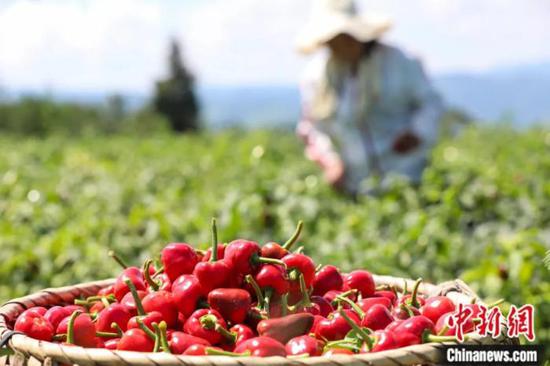
CNS: How do chilies influence people's eating habits? What are the food products and derivatives made from chilies?
Mr. Luisi: Chili is both a condiment and an ingredient, and can be made into more food products with other ingredients. Different varieties of chilies, though different in shape, color and flavor, are all very unique condiments and vegetables.
From a sensory point of view, chilies can trigger some chemical reactions in the mouth, and the so-called spiciness is actually more of a stimulation of the taste buds, giving a unique feeling. That's why many people go from being uncomfortable with spicy food to being addicted to it.
Chilies also have nutrients and medical effects, such as capsaicin that stimulates taste buds and relieves loss of appetite. There are also many studies showing that chilies can improve blood circulation for better blood flows.
Currently, there are countless foods related to chilies in the world. First of all, there are chili sauce, chili powder and pickled chilies made from chilies themselves; second, there are various stir-fries, stews and steamed dishes made from chilies together with other ingredients; finally, there are various new inventions and combinations, such as chili ice cream and chili cake. With the popularity of chili culture, there are more and more derivative products such as bracelets and cufflinks imitating the image of chilies, silk scarves and neckties with chili patterns.

CNS: How do chilies bring Chinese food to the world and the world food to China?
Mr. Luisi: I always think that food is the most attractive and charming communication tool. The culture and history of a country can start with the cuisines of that country on many occasions.
For example, many countries produce their own chili sauce or spicy dishes; therefore the communication between people with spiciness as a medium can be very interesting and also facilitate the exchanges between countries.
China has many cuisines and styles of cooking using chilies, such as hot pot, Sichuan cuisine and Hunan cuisine; Mexico has one of the most salivating hot sauces in the world, Cholula hot sauce; Korea has a special hot sauce for bibimbap; and the south Italy has a kind of pork chili sauce that makes local people proud. Spiciness is a global shared taste, and chili cuisines around the world, acting as a universal "language", allow people from different regions to get to know each other.
According to official data, in the first eight months of 2022, the Chinese Pepper City reported the trading volume of chilies up to 110,000 tons, with the trading value up to RMB 2.7 billion, driving the secondary market around the Pepper City realizing a trading volume of about 220,000 tons and a trading value of about RMB 5.72 billion.
These figures are very impressive. If more significance is added to Chinese chilies, good chili stories are told, such as the encounter between chili and Hunan and Sichuan cuisine, the production process of Chinese chili, the artisan spirit, and the stories of legendary persons can easily stimulate people's interest in Chinese cuisine. Chili will become a door knocker for spreading Chinese food culture to the whole world and create a stronger connection with chili-related cuisines around the world, so that more chili foods will also be introduced to China.
CNS: How chili festivals and chili food culture around the world exchange and interact with each other?
Mr. Luisi: Every year, countries hold their own chili festivals. For example, the United Kingdom celebrates a chili festival where chilies go with cheese, the United States holds a grand chili festival in Hatch City, New Mexico, and the southern Italy, France, and Hungary all celebrate chili festivals. Hungary even has a chili museum.
Why do many countries celebrate chili festivals? First of all, chilies are grown all over the world. Secondly, as a food, chilies are an important part of diets all over the world. In addition, besides celebrating a good harvest, chili festivals are also a form of recreation, as the red chili is a sign of happiness and brings people together. At the same time, chili festivals can also attract many foreign visitors and allow people to learn about the customs of different regions through chilies.

CNS: Where there are Chinese, there is "Lao Gan Ma". This is not just an advertising slogan, but also an announcement of Guizhou chilies going from deep mountains to the world. A bottle of spicy sauce is the best medicine to relieve the homesickness of overseas travelers. Nowadays, Guizhou chili is not only the flavor of Guizhou, but also the flavor of China, and is becoming the flavor of the world. How do you interpret this statement?
Mr. Luisi: To answer this question, we need to define the internationalization of chilies first. Does the internationalization of chilies mean that Chinese chilies are exported overseas, or that Chinese chili sauce is sold overseas, or that Chinese chili products are well received by overseas consumers? In my opinion, all these interpretations are acceptable.
In the past decades, Chinese chili brands basically have been exploring local markets. Now, many companies in Guizhou have the will and ability to go global. As far as I know about Guizhou's chili industry, I think what needs to be done is not only the exportation of Guizhou chili products, but also brand building, that is, a cultural communication with more stories. On this path, Chinese enterprises still have a long way to go.

First of all, the stories of Guizhou chilies: for example, why are Guizhou chilies different from other chilies? Is it because of the altitude or the variety? What are the characteristics of Guizhou chilies? All these need to be explained through stories.
Second, the positioning of Guizhou chili products: are Guizhou chili products exported worldwide to teach how the Guizhou cuisine is cooked or to add new flavors to other cuisines? This is a topic that needs further thinking.
Finally, the special flavors of specific products: in my opinion, some local ingredients should be discovered to blend with chilies.
China has a huge chili consumption market and has nourished many consumers who are into chilies. For Chinese chili to go global, not only chili products from China are provided, but also resonant Chinese stories and values. Behind Chinese chilies are countless Chinese farmers and their stories that deserve to be fully discovered and spread. (End)
The interview record was first published on October 26, 2022 by China News Service.

















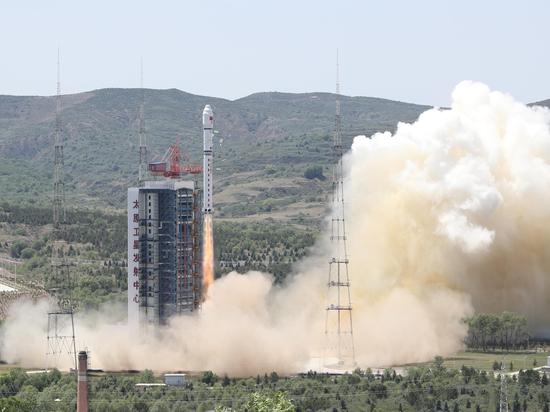




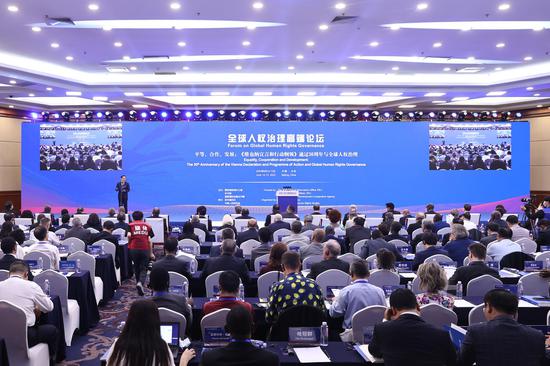


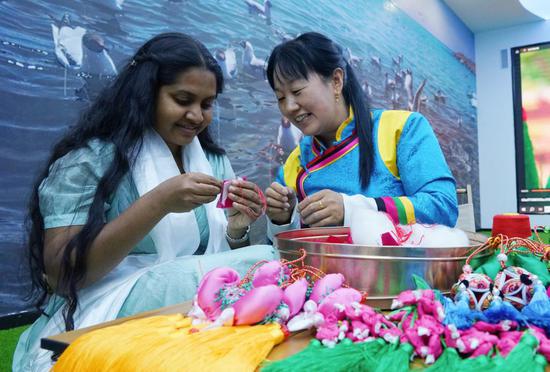




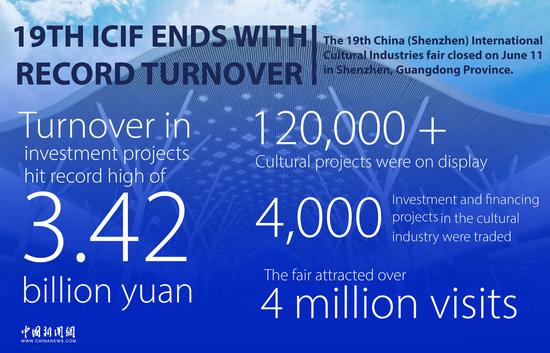








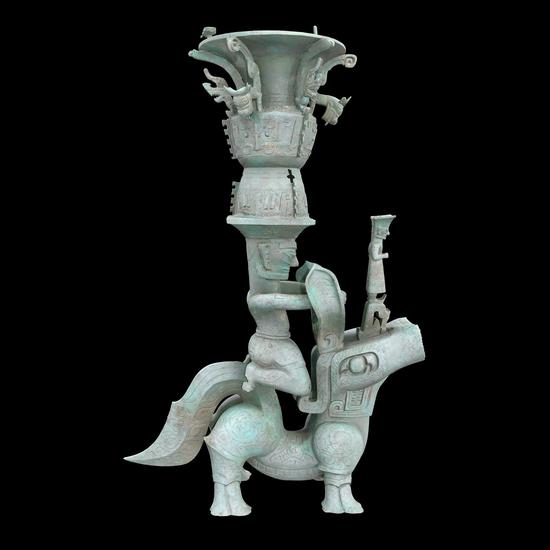










 京公网安备 11010202009201号
京公网安备 11010202009201号